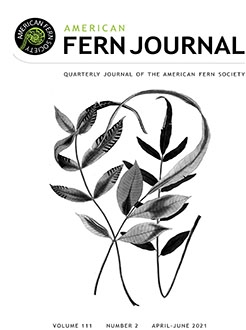Understanding features that fostered the persistence of Equisetum–Earth's oldest extant vascular plant genus–since Mesozoic times and through episodes of significant global environmental change, is of current interest in view of modern challenges to plant survival. In addition to known structural and physiological adaptations, we hypothesized that microscopy and shotgun metagenomic sequencing might reveal eukaryotic microorganisms such as fungi that may aid Equisetum survival. Here, we report evidence for several lineages of eukaryotic microbes associated with giant Equisetum xylochaetum, which dominates vegetation in saline streambeds of remote valleys in the hyper-arid Atacama Desert, Chile. Plant material was collected and field-preserved at two comparatively low-disturbance sites; DNA extracted in Chile using low-shear methods was later sequenced, 18S and 28S rDNA taxonomic marker sequences were selected for SILVAngs classification, allowing comparisons to eukaryotic microorganisms previously inferred for earlier-diverging plant lineages. SEM, fluorescence microscopy, and/or LM of toluidine blue-stained sections of roots indicated protists, epiphytic and endophytic fungi, and cortical nematodes. Eukaryotic genera inferred from 18S rDNA at >100X mean sequencing depth included the ciliate Engelmanniella, hyphal chytrid Monoblepharella, predatory ascomycete Cephaliophora, a salpingoecid choanoflagellate, and an annelid worm. 23S rDNA sequences indicated ascomycete Capnodiales fungi at one site and four types of Pezizomycotina fungi at the other. No evidence for vesicular-arbuscular mycorrhizal fungi was found, but we hypothesized that Equisetum may benefit from other types of fungal associations, some possibly inherited from ancestral plant lineages.
How to translate text using browser tools
7 June 2021
Microscopic and Metagenomic Evidence for Eukaryotic Microorganisms Associated with Atacama Desert Populations of Giant Equisetum
Anchittha Satjarak,
Michael J. Piotrowski,
Linda E. Graham,
Marie T. Trest,
Lee W. Wilcox,
Jennifer J. Knack,
Martha E. Cook,
Patricia Arancibia-Avila
ACCESS THE FULL ARTICLE

American Fern Journal
Vol. 111 • No. 2
April–June 2021
Vol. 111 • No. 2
April–June 2021
horsetails
metagenomic sequencing
scouring rushes
seedless plant microbiomes




